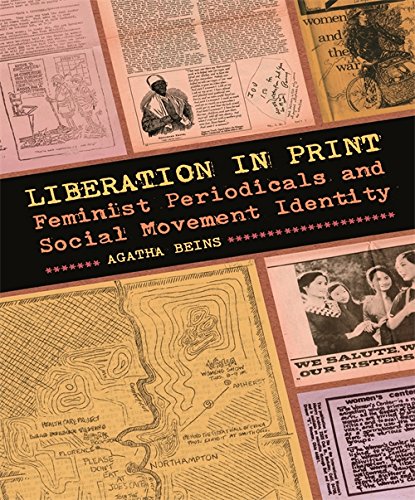

Most ebook files are in PDF format, so you can easily read them using various software such as Foxit Reader or directly on the Google Chrome browser.
Some ebook files are released by publishers in other formats such as .awz, .mobi, .epub, .fb2, etc. You may need to install specific software to read these formats on mobile/PC, such as Calibre.
Please read the tutorial at this link: https://ebookbell.com/faq
We offer FREE conversion to the popular formats you request; however, this may take some time. Therefore, right after payment, please email us, and we will try to provide the service as quickly as possible.
For some exceptional file formats or broken links (if any), please refrain from opening any disputes. Instead, email us first, and we will try to assist within a maximum of 6 hours.
EbookBell Team

4.1
30 reviewsThis is the first analysis of periodicals’ key role in U.S. feminism’s formation as a collective identity and set of political practices in the 1970s. Between 1968 and 1973, more than five hundred different feminist newsletters and newspapers were published in the United States. Agatha Beins shows that the repetition of certain ideas in these periodicals―ideas about gender, race, solidarity, and politics―solidified their centrality to feminism.
Beins focuses on five periodicals of that era, comprising almost three hundred different issues: Distaff (New Orleans, Louisiana); Valley Women’s Center Newsletter (Northampton, Massachusetts); Female Liberation Newsletter (Cambridge, Massachusetts); Ain’t I a Woman? (Iowa City, Iowa); and L.A. Women’s Liberation Newsletter, later published as Sister (Los Angeles, California). Together they represent a wide geographic range, including some understudied sites of feminism. Beins examines the discourse of sisterhood, images of women of color, feminist publishing practices, and the production of feminist spaces to demonstrate how repetition shaped dominant themes of feminism’s collective identity. Beins also illustrates how local context affected the manifestation of ideas or political values, revealing the complexity and diversity within feminism.
With much to say about the study of social movements in general, Liberation in Print shows feminism to be a dynamic and constantly emerging identity that has grown, in part, out of a tension between ideological coherence and diversity. Beins’s investigation of repetition offers an innovative approach to analyzing collective identity formation, and her book points to the significance of print culture in activist organizing.